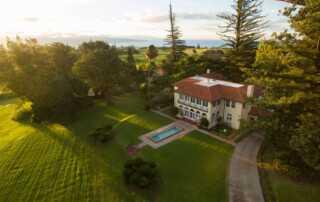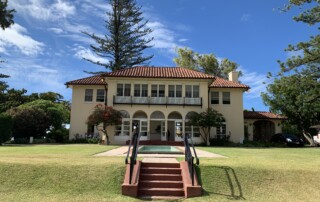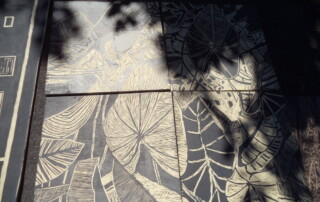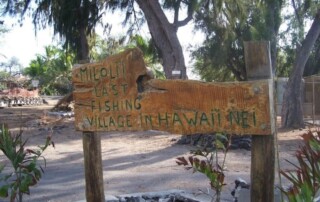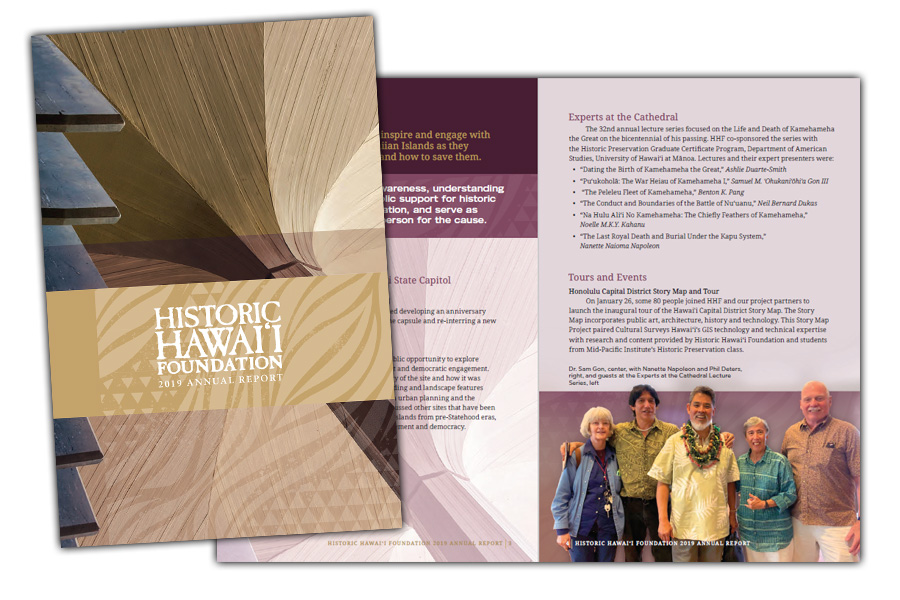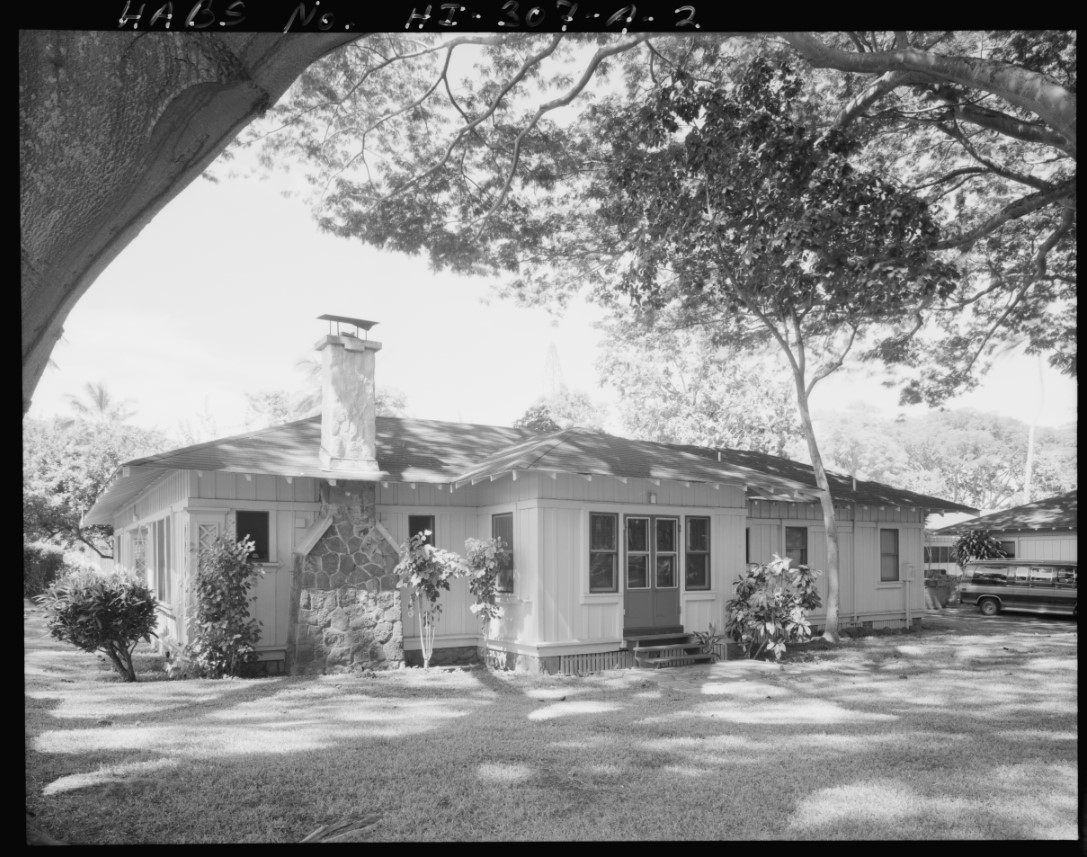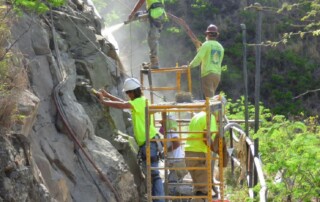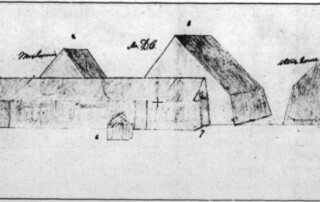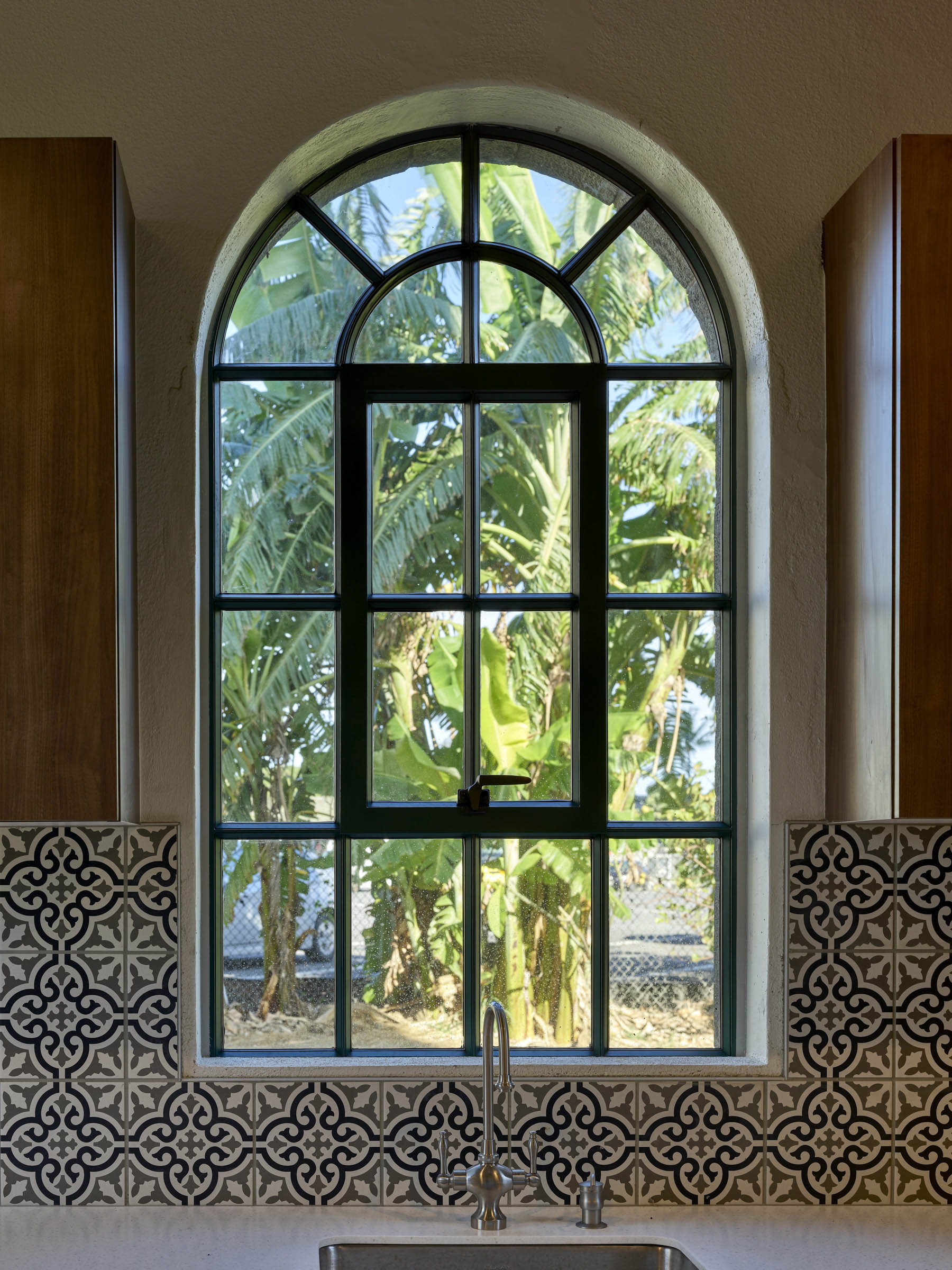The Hawaiian Mission Houses Historic Site and Archives, Kumu Earl Kawa‘a, Kumu Dwight Kauahikaua, and other stakeholders will be recognized with a Preservation Programmatic Award for the construction of a hale pili representation on the grounds of Hawaiian Mission Houses. In 1820, by order of Liholiho, Boki, Governor of O‘ahu, had a row of hale pili (grass houses) constructed for the second company of missionaries who arrived in April of that year. The hale, occupied first by Hiram Bingham, Daniel Chamberlain with his wife and five children, and Maria Loomis and child, were situated east of the ship landing, along an uninhabited section of the road to Waikīkī that later became known as Missionary Row. Development, research and permitting phases of the project began in 2014 under the leadership of Spencer Leineweber, FAIA, and Executive Director Emeritus Tom Woods. Kawa‘a and Kauahikaua served as cultural consultants and hale building experts. Groundbreaking for the building was held in 2018 and the final phase of thatching the hale pili will be completed this year. Design of the hale is based on descriptions found in the journals and letters of William and Clarissa Richards, Charles and Harriet Stewart, and Betsey Stockton from the Mission Houses’ archival collection. The dimensions primarily follow the Richards’ description. In order to ensure the durability of this reproduction and both the safety of it and adjoining structures, noted Peter Young, former president of Hawaiian Mission Houses, “an integration of traditional (‘ōhi‘a) and modern materials (such as artificial pili grass) and techniques were used to build the hale.” Kawa‘a and Kumu Dwight Kauahikaua provided another dimension to the project by developing a cultural place-based curriculum to mentor students of Roosevelt High School and Kinai [...]




